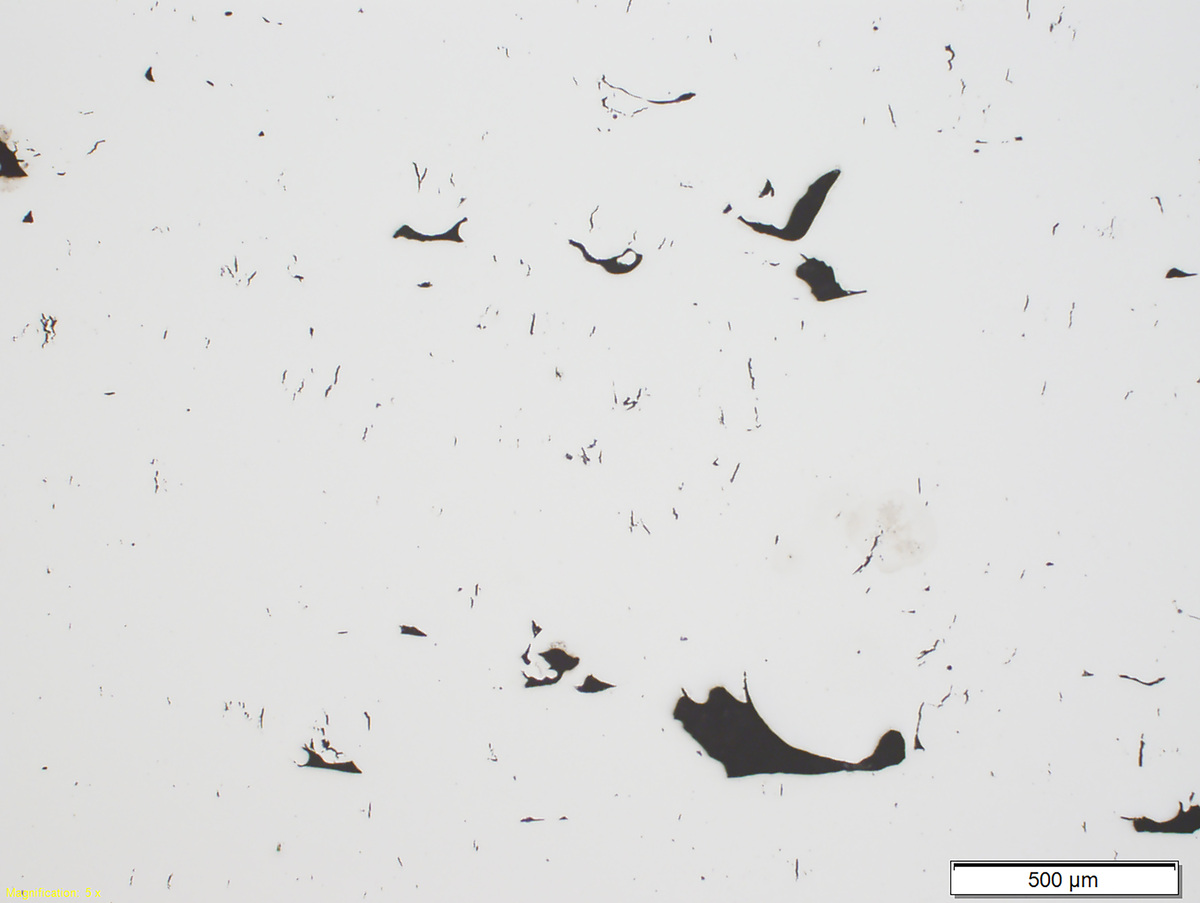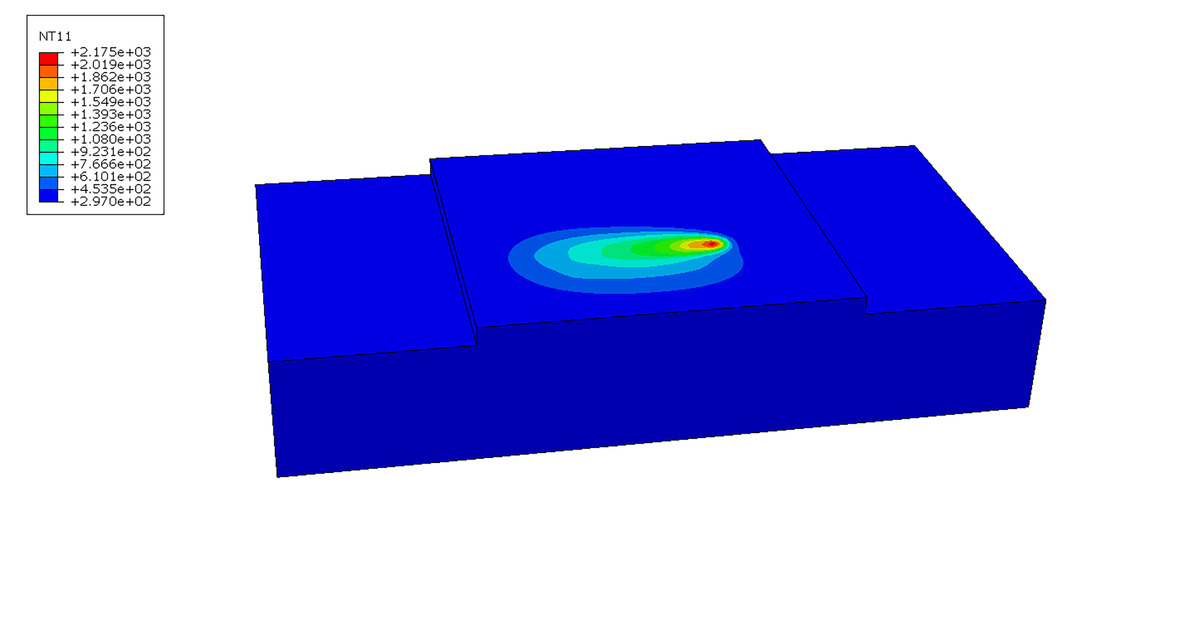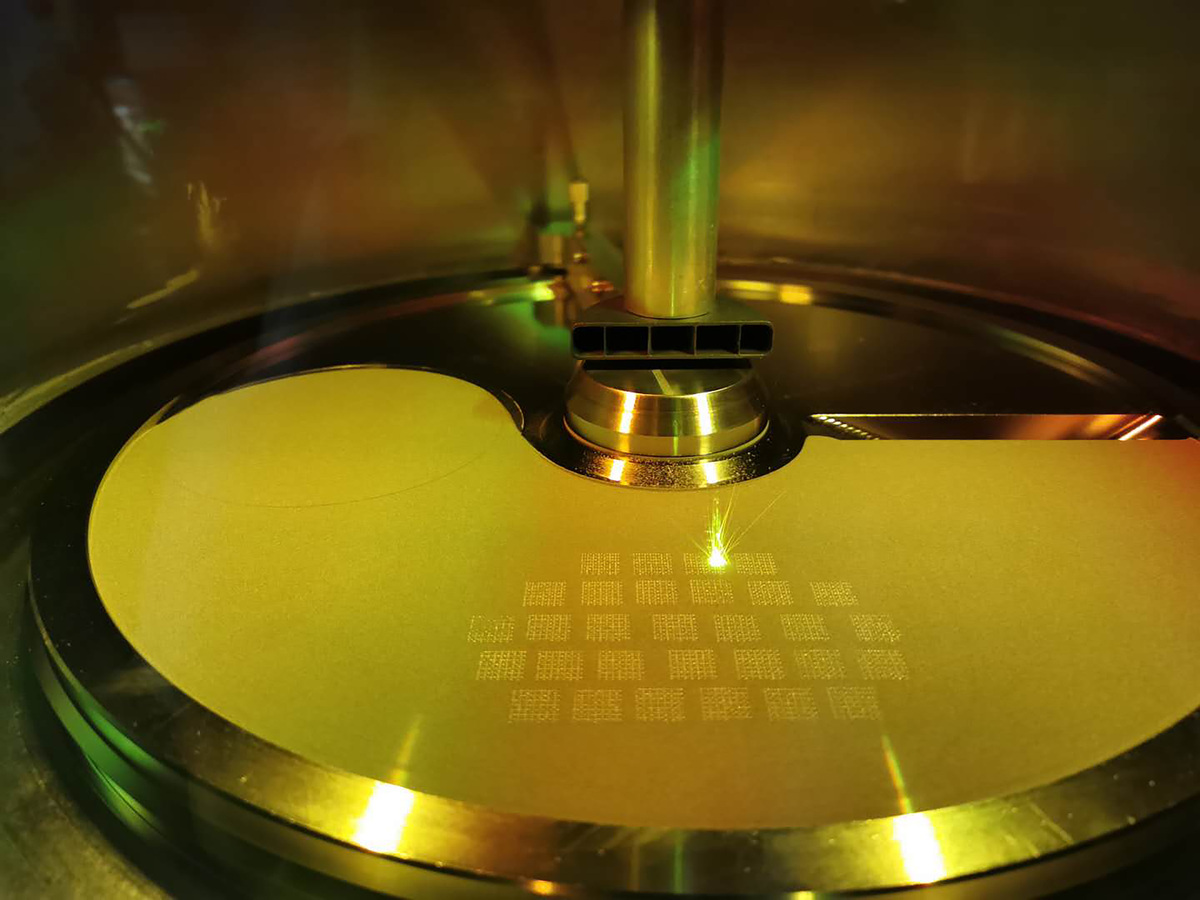Additive manufacturing of 16MnCr5 and 42CrMo4 via powder bed fusion and intrinsic heat treatment for enhanced fatigue performance
M.Eng. Chuan Shi
Motivation
16MnCr5 and 42CrMo4 are two widely used steels in the automotive industry and are applied in gears, shafts and cranks. However, up to now it is still a challenging task to additively manufacture carbon-containing steels, as high amounts of carbon lead to heat cracks due to the brittle martensitic transformation and high local stresses due to volume changes during the phase transformation in the melt pool and cooling phase of AM.
Goals
The final purpose of the project is to establish and understand the interrelationship between process parameters - microstructure - mechanical properties and to build a FEM simulation model to predict residual stress, the melt pool and have a comparison with experimental data as well as to study the intrinsic heat treatment during the printing process to get tailored microstructure.
- To find a process development strategy that leads to a low porosity part without the presence of cracks but also accounting for a rapid build rate.
- To predict or even measure the temperatures of the part in the build process.
- To simulate the microstructure development and the distortions as well as the residual stresses in a dummy part.
- Concentrate on adequate heat treatment strategies tailored to the special microstructure incorporated by the PBF processes and the intrinsic heat treatment during the printing process itself.
Investigations
- Use computed tomography (μCT), scanning electron microscopy (SEM) and light optical microscopy (LOM) to study microstructure.
- Build a platform for the coaxial detection of the melt pool thermal field by using a CCD.
- Adopt Abaqus software and the microstructural and thermal data gathered by the aforementioned work to set up the simulation model.



